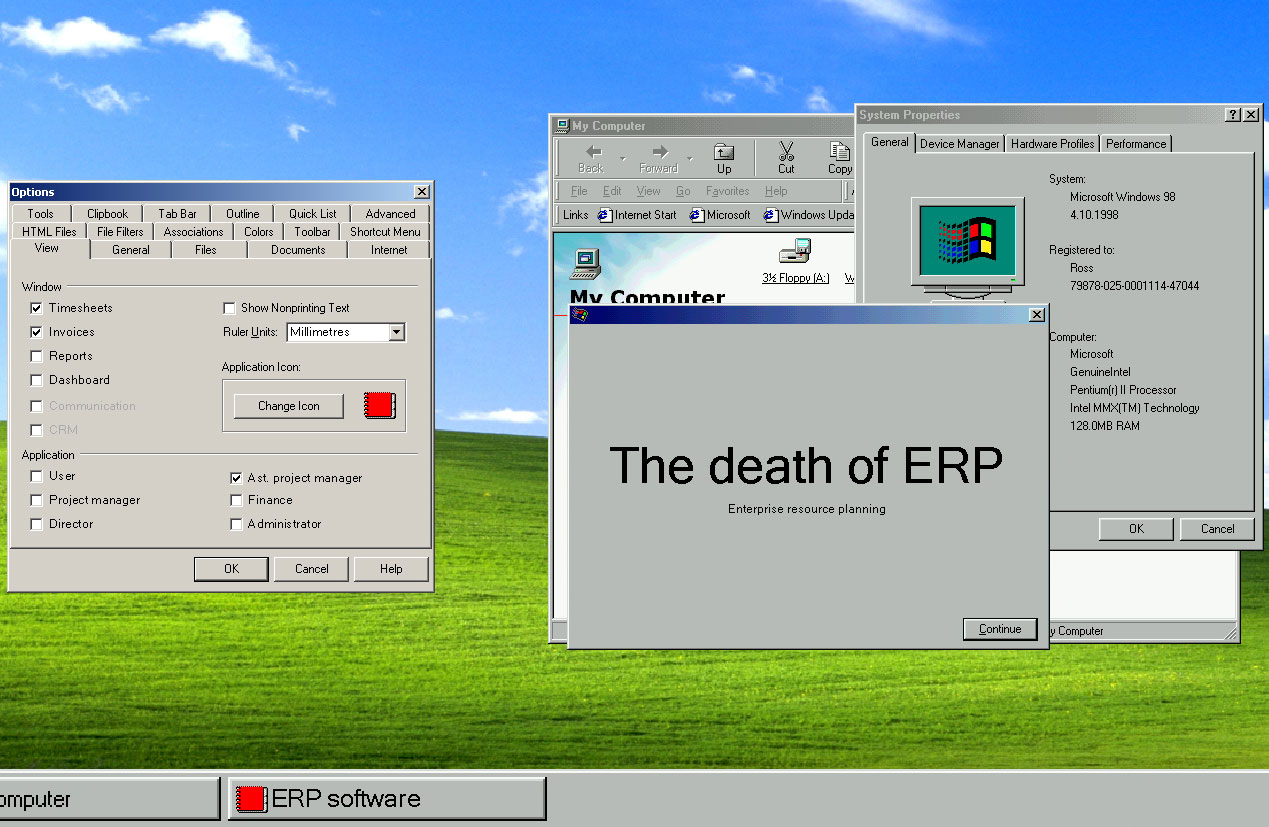
A guide to growth
Share
It’s a generally regarded truism in any business that growth is good – if you’re not getting bigger, then surely you’re either stagnating or, worse, shrinking or going backward.
But in uncertain economic times, non-stop expansion isn’t always the best option. Sometimes it may be prudent to whittle away, to deliver a lean, mean and keen operation that cuts out all the fat, is flexible and adaptive, and delivers results.
Architecture has always known the highs and lows of boom and bust – taking on staff to work on a major commission and then shedding them again as the phone calls go through a dry patch.
But instead of being reliant on the vagaries and whims of an uncertain industry, smart practitioners know that to be forewarned is to be forearmed and that to plan and prepare for a preferred future is by far the most sensible course. But what businesses may not know is that there are tried and trusted ways to plan growth and also to plan for the troughs.
The latter, or periods of contraction, are when you should be investing in your company – that doesn’t just mean looking at cash injections. Investing in your company’s future can equate to moving to bigger premises, hiring new staff or retraining the ones you have so they are equipped to work with innovative technologies. This way, when new opportunities for growth appear you will be able to hit the ground running and leverage them.
The most fundamental element to take care of is cash flow. Cash flow is what keeps a business in business. If this isn’t carefully calibrated and managed, you won’t be able to pay your staff or your creditors, and the business is history. To make sure you’re never operating on a ‘wing and a prayer’, consider these tips:
- Know your costs – what are your overheads, utilisation, target rates?
- Terms of business – make sure you are always upfront and transparent about these and that there are no surprises, for you or your customers.
- Clear scope of service – spell out the deliverables, the expenses and what happens in the event of changes.
- Consider fixed price service inclusions – this will make cash flow planning much easier.
- Client selection – always do your due diligence and check credit worthiness, payment history and any past debtor interactions.
A good rule of thumb is to ensure that your bank balance exceeds at least three or even four months worth of your business’ working costs at all times. The easiest way to do this is with reliable cloud practice management software – your first building blocks to a secure and sustainable business.
This article is drawn from Total Synergy’s ‘A Guide to Growth’. To download the full white paper click here.
Image: 123RF’sSuphakit Banthitarojanapat©123rf.com
You Might also Like




















